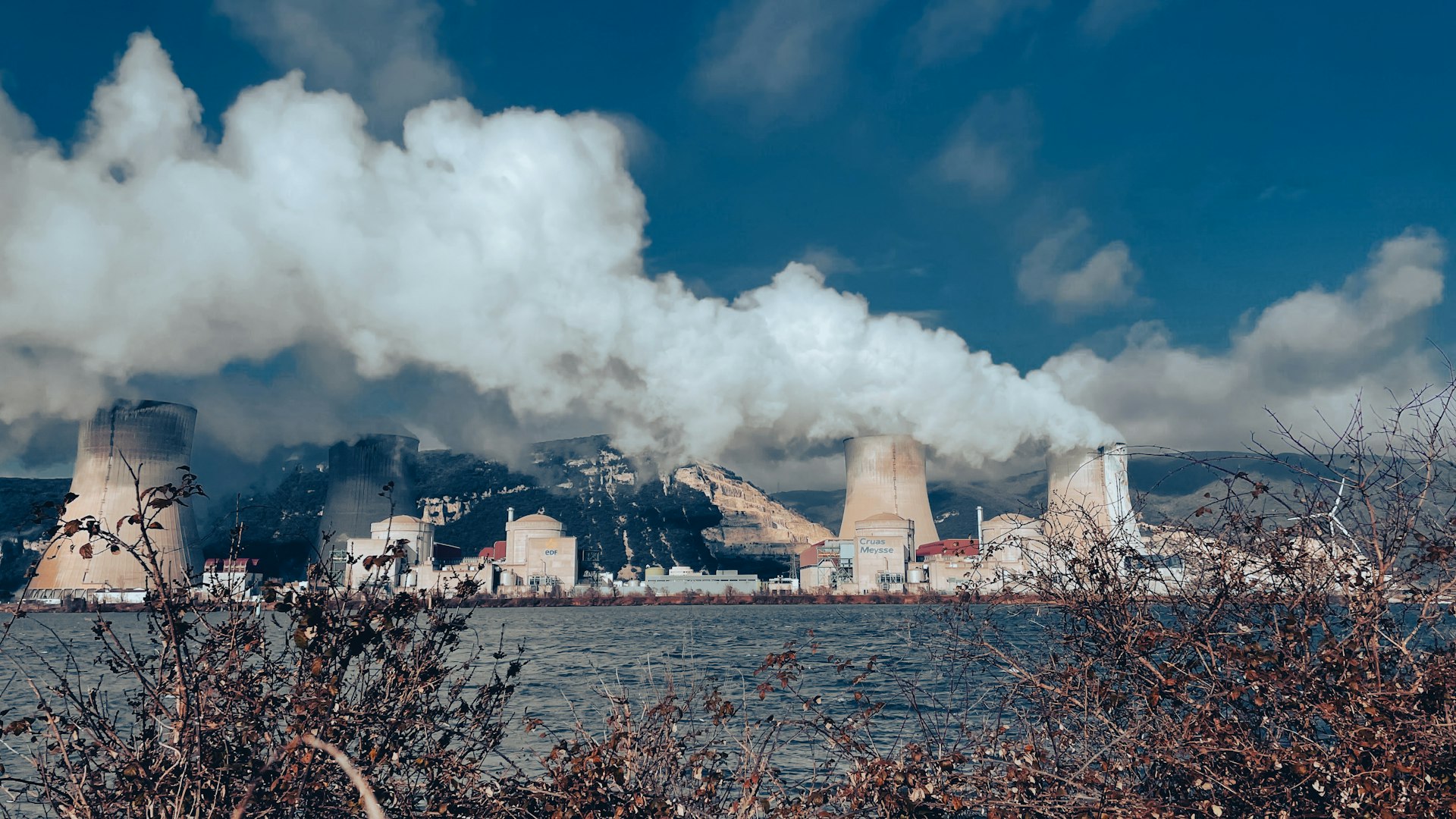Navigating Globalization: Challenges and Opportunities for Indigenous Cultures

Photo by The New York Public Library on Unsplash
Introduction: The Intersection of Globalization and Indigenous Cultures
Globalization refers to the increasing interconnectedness of nations through the movement of goods, services, information, and people. While it enables economic growth and technological advancement, the process brings both opportunities and substantial challenges, especially for indigenous cultures rooted in tradition and local environments. This article explores how globalization affects economic, cultural, and environmental facets of indigenous life, and provides actionable guidance for communities, advocates, and policymakers.
Economic Impacts: Opportunity and Inequality
Globalization often introduces new economic opportunities to indigenous communities, such as access to global markets, foreign investment, and employment in industries like tourism and resource extraction [1] . For instance, indigenous artisans may find broader audiences for their crafts, and tourism can generate income by showcasing local heritage [2] . However, these benefits frequently come at a cost. Large-scale development projects can result in exploitation, displacement, and loss of traditional livelihoods, as indigenous populations are marginalized in favor of external profit-driven agendas [1] .
Economic globalization may worsen existing inequalities, with wealth and growth unevenly distributed. Indigenous peoples often face discrimination, lack access to education and healthcare, and have limited land rights, further hindering participation in the global economy [1] . To address these disparities, communities can:
- Engage in economic advocacy through local organizations and international alliances
- Seek partnerships with ethical businesses that support fair trade and cultural preservation
- Utilize digital marketplaces to sell goods directly, bypassing exploitative intermediaries
For guidance, indigenous entrepreneurs may consult local development agencies, search for ‘indigenous business development’ programs, or connect with established non-profit organizations supporting economic empowerment.
Cultural Impacts: Erosion, Adaptation, and Revitalization
One of the most profound effects of globalization is the threat it poses to cultural identity. The influx of foreign products, media, and values can erode traditional practices, languages, and social structures [2] . Television, movies, and the internet expose communities to lifestyles that may be at odds with indigenous customs, leading to a decline in language use and transmission of cultural knowledge.
However, indigenous cultures are not passive. Many communities actively engage with globalization, adopting new technologies for cultural promotion and advocacy. Social media platforms are leveraged to share traditions, connect with other groups, and campaign for rights. For instance, the Sami people in Scandinavia have used political autonomy and cultural identity to negotiate with the global market while maintaining their traditional reindeer herding lifestyle [2] .

Photo by Andrew James on Unsplash
Actionable steps for cultural preservation include:
- Documenting languages and oral histories using audio and video technologies
- Creating online platforms dedicated to indigenous stories, crafts, and educational resources
- Organizing cultural festivals and workshops that foster intergenerational transmission
- Collaborating with educational institutions to develop curricula that celebrate indigenous heritage
To find resources, search for ‘indigenous language revitalization’ or ‘cultural preservation grants’ through local government agencies and international organizations.
Environmental Impacts: Stewardship and Threats
Indigenous communities often maintain a holistic relationship with the environment, emphasizing sustainability and stewardship. Yet, globalization-driven development-such as mining, logging, and industrial agriculture-frequently encroaches upon traditional territories, leading to environmental degradation and loss of natural resources [1] . These activities can pollute water sources, destroy ecosystems, and undermine both physical and spiritual well-being.
To protect environmental interests, indigenous groups may:
- Form alliances with environmental NGOs and advocate for legal protections
- Participate in global climate action coalitions and forums
- Promote sustainable development practices rooted in traditional ecological knowledge
For assistance, consider contacting national environmental agencies, searching for ‘indigenous environmental advocacy’, or joining established international networks focused on indigenous rights and sustainability.
Social Structures: From Collective Traditions to Modern Challenges
Traditional indigenous societies often rely on communal values and collective decision-making. Globalization, however, tends to promote individualism and competition, which can weaken community bonds and increase social inequality [2] . Navigating these changes requires deliberate community engagement and adaptation.
Communities may strengthen social cohesion by:
- Establishing local councils or committees to ensure inclusive decision-making
- Facilitating community dialogues on balancing tradition and modernity
- Encouraging youth participation in cultural and civic activities
For support, search for ‘community development programs’ or contact local indigenous affairs offices.
Case Studies: Diverse Experiences in a Globalized World
Experiences with globalization vary widely among indigenous groups. For example, many communities in the Amazon rainforest have faced displacement due to resource extraction by multinational corporations, resulting in environmental and cultural loss [1] . In contrast, others-like the Sami-have leveraged globalization for cultural revitalization and economic autonomy [2] .
To learn from these experiences, communities may:
- Participate in cross-cultural exchanges and international conferences
- Share best practices through digital forums and research partnerships
- Seek mentorship from communities that have successfully balanced tradition and modernity
Implementation Guidance: Pathways to Resilience
For indigenous communities seeking to navigate globalization, the following step-by-step approach may be helpful:
- Assess community assets, needs, and vulnerabilities in relation to global trends
- Engage stakeholders-elders, youth, and advocacy groups-in strategic planning
- Identify external partners (NGOs, universities, government agencies) for support
- Develop action plans for economic development, cultural preservation, and environmental stewardship
- Monitor progress and adapt strategies based on outcomes and feedback
Alternative approaches include focusing on digital literacy, leveraging social media for advocacy, and prioritizing legal action to secure land rights and cultural protections.
Potential Challenges and Solutions
Challenges may include limited access to resources, structural discrimination, and environmental threats. Solutions involve persistent advocacy, legal action, and building networks of support. Communities are encouraged to:
- Seek legal assistance for land and cultural rights through official government channels
- Apply for grants and technical support from reputable foundations and development agencies
- Build coalitions with other indigenous groups for collective action
For specific help, you can search for ‘indigenous rights organizations’ or contact your country’s ministry of indigenous affairs.
Key Takeaways
Globalization presents complex challenges and opportunities for indigenous cultures. By adopting adaptive strategies, leveraging technology, and engaging in advocacy, communities can protect their heritage while participating in a globalized world. Guidance is available through governmental agencies, reputable NGOs, and international networks dedicated to indigenous empowerment.
References
MORE FROM promohunterpro.com













